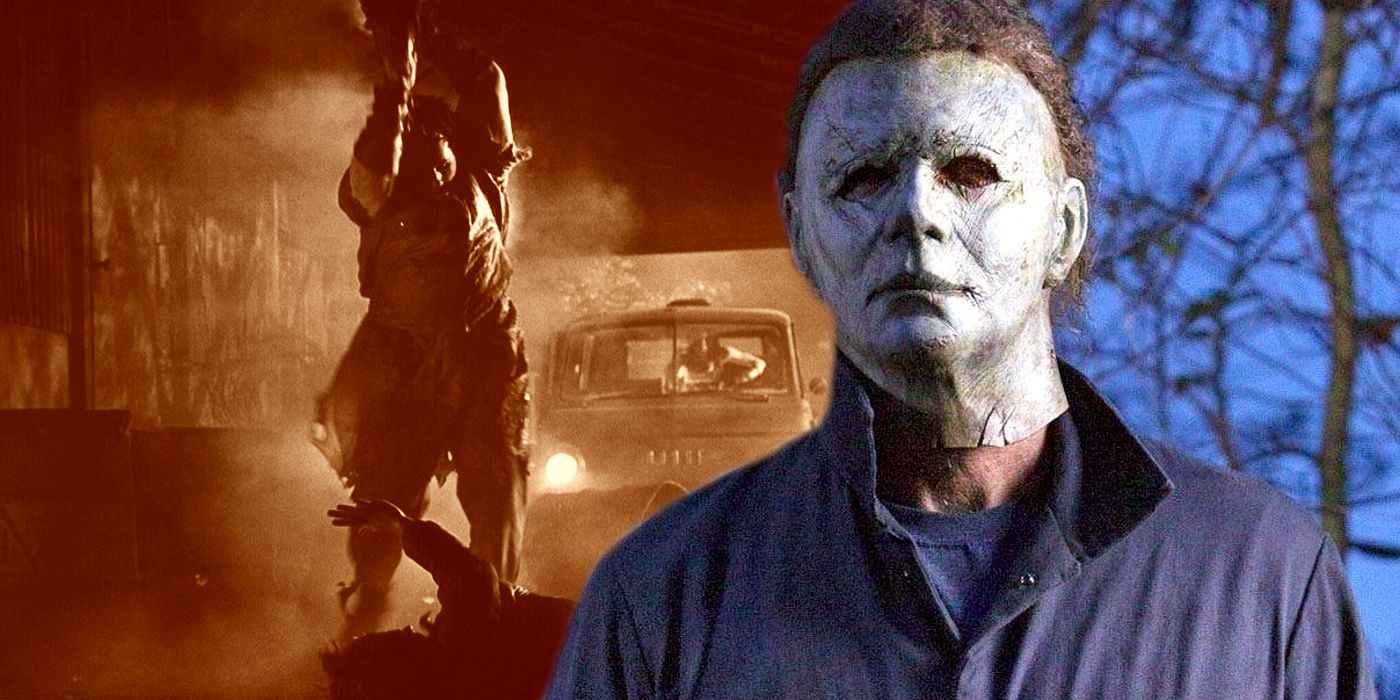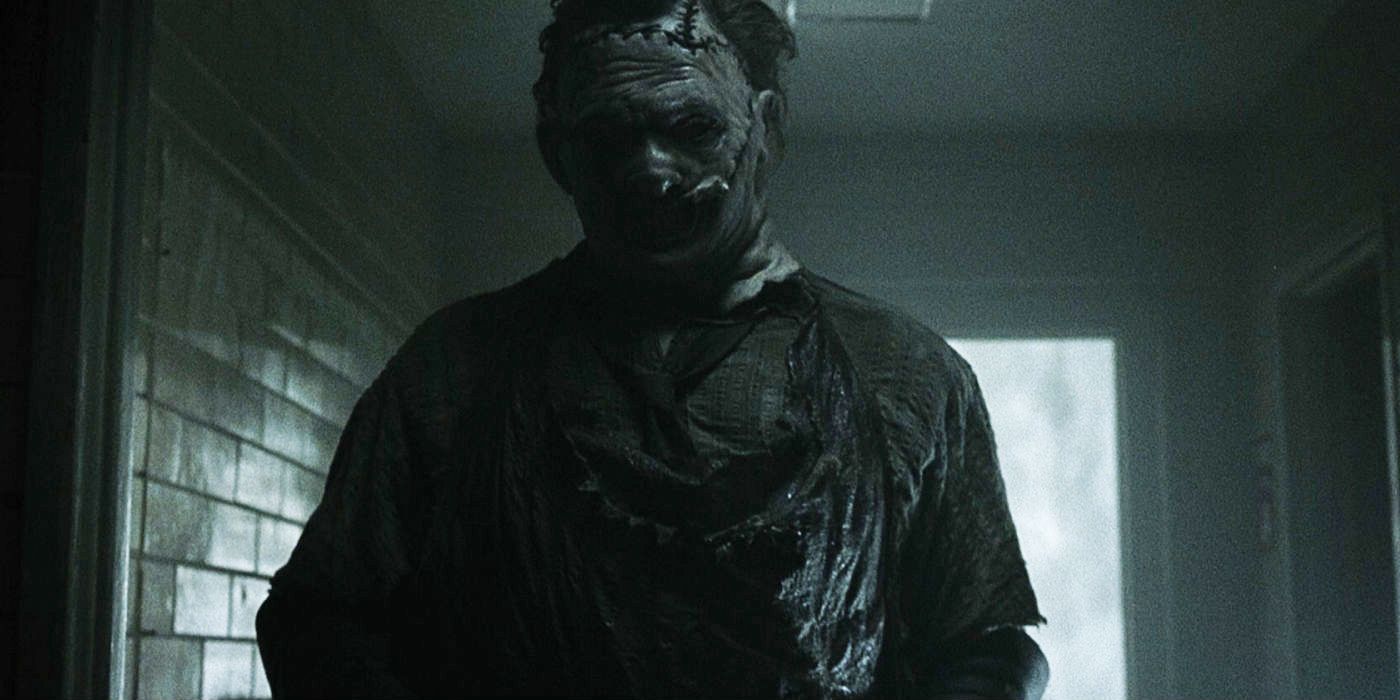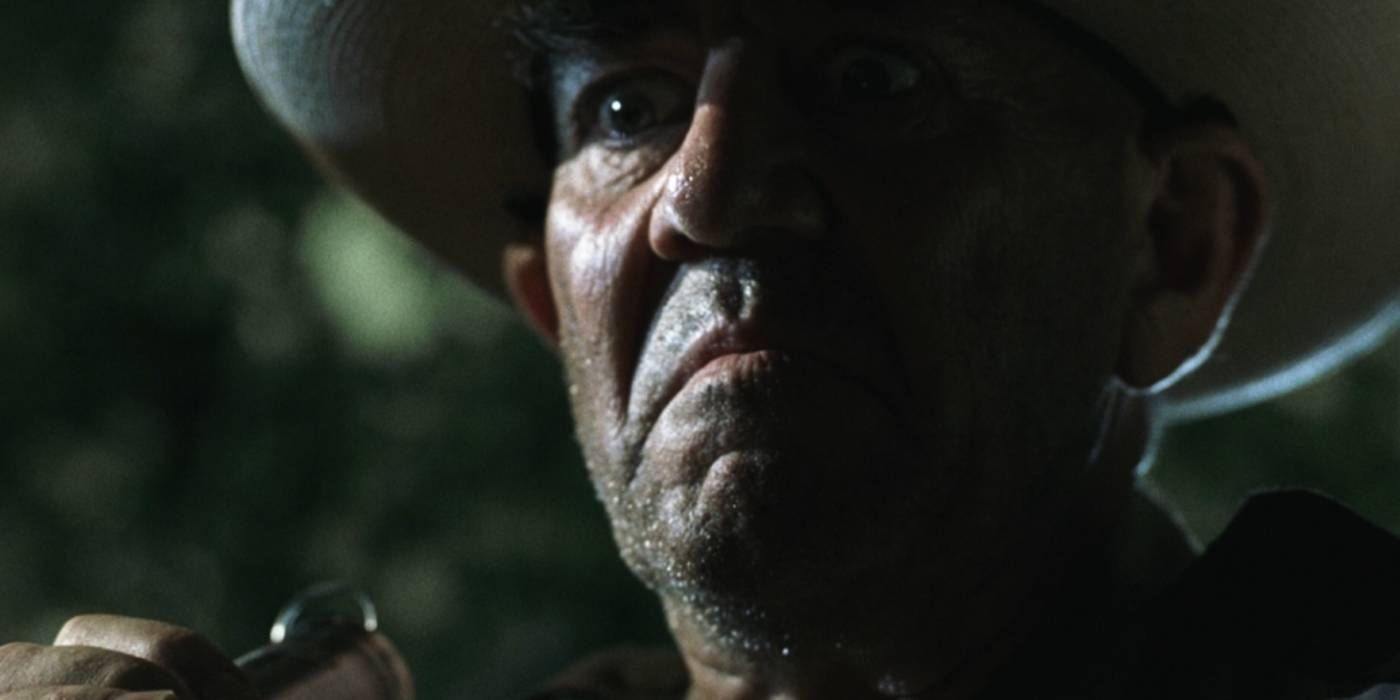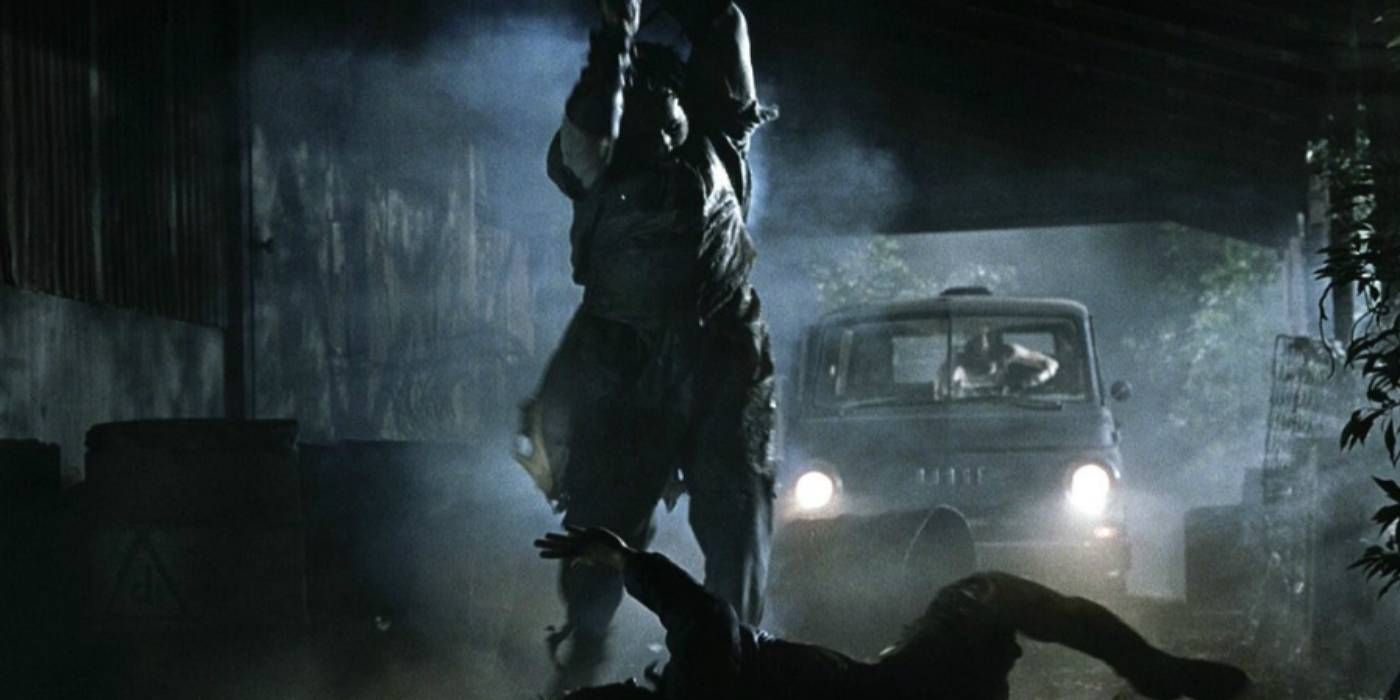2018's legacy sequel Halloween re-invigorated the oft-rebooted franchise, but most slasher movies would find a better template to follow in 2003's remake of The Texas Chainsaw Massacre. Since its beginning in 1978, the very long-running Halloween franchise has gone through repeated revamps and retcons over the years. The 2018 Halloween was the latest such example, sidestepping every other Halloween movie and acting as a direct sequel to the 1978 original. However, while this approach worked for Halloween, other slasher series would do well to go down a different path.
The 2003 remake of The Texas Chainsaw Massacre went in the opposite direction, acting as a fresh start and complete re-imagining for the franchise. The movie would spawn a 2006 prequel The Texas Chainsaw Massacre: The Beginning, though it was substantially less successful than its predecessor. This led The Texas Chainsaw Massacre franchise to itself go the legacy sequel route with 2013's Texas Chainsaw 3D and again with Netflix's 2022 revival Texas Chainsaw Massacre.
Legacy sequels linking new installments to an original many years later certainly have merit and can be a valid strategy for re-energizing an old property. That said, when it comes to slasher movies, the 2018 Halloween doesn't necessarily point the way for others like Friday the 13th to go. Meanwhile, 2003's The Texas Chainsaw Massacre, in telling a new version of an old classic, shows a path with a higher probability of success for most horror movies.
Texas Chainsaw 2003 Is Psychologically Chilling
With its sepia-toned color scheme and low-key foreboding score, The Texas Chainsaw Massacre wastes no time in setting a mood of dread. Within the first few minutes, the group of young travelers picks up an aimless drifter, and discover how horribly scarred she is when she commits suicide in their van. This is prompted when they drive into a desolate Texas countryside town, the young woman warning that they're "going the wrong way" and tearfully describing "a really bad man".
The remake also keeps viewers on edge well before the arrival of the Leatherface and his barbaric family with its portrayal of the sparsely populated town itself. Ahead of any chainsaw murders taking place, director Marcus Nispel frames the town as a kind of anti-land of Oz where signs of life have all but vanished. The group soon realizes that the town itself is also the worst place in the world to have car trouble. As a remake, The Texas Chainsaw Massacre knows it's following on the legacy of a cult classic. With these early moments, it takes its time in unnerving the audience before diving head-first into its real strength of psychological fright over buckets of blood. It also relies surprisingly little on Leatherface himself in this regard, instead letting its seemingly secondary villain, played by famed big-screen drill sergeant R. Lee Ermey, steal the show.
Texas Chainsaw Massacre's Remake Doesn't Just Rely On Gore
While The Texas Chainsaw Massacre massively ups the amount of blood and guts from the 1974 original, it isn't wholly reliant on it. The creepy atmosphere and isolated setting of the film do much of the heavy lifting for it, but its real ace in the hole is Sherriff Hoyt (Ermey). While Leatherface is the muscle of the movie, Hoyt is arguably a far scarier antagonist. Much of this comes down to the mindset each character exhibits.
Leatherface is more or less a man stuck in childhood, still taking marching orders from his mother and like the original having little in the way of perceptible humanity. While Leatherface is ghastly in his appearance and terrifying when he breaks out his chainsaw, Hoyt is far more sadistic. As seen in the car scene when he forces Morgan (Jonathan Tucker) to put a gun in his mouth, Hoyt is an utter sociopath who gleefully delights in traumatizing his victims. Many of the remake's most chilling scenes share his strategy in scaring viewers with a slow burn of psychological torture. When it comes to its scariest scenes, The Texas Chainsaw Massacre also often either eschews gore altogether or saves it for the peak of the fright of its scariest scenes. Though it's an undeniable bloodbath, The Texas Chainsaw Massacre remake is at its scariest when Hoyt is cursing like a sailor and reveling in pushing his victims to their breaking point. Comparatively speaking, the film's version of Leatherface almost looks like the good cop between them.
Texas Chainsaw 2003 Brings New Franchise Ideas To The Franchise
The Texas Chainsaw Massacre proved to be one of the more well-liked slasher remakes of the 2000's, and its success can be attributed to what it added to the franchise. Placing as much emphasis, if not more, on Hoyt as the villain and Leatherface as almost a secondary killer driven by years of cruel ridicule for his deformities gave the remake a distinctly different feel. The rebooted franchise would go further with its reinvention of the series in The Texas Chainsaw Massacre: The Beginning, establishing Hoyt as an imposter Sheriff whose real name is Charlie Hewitt. The Hewitt family was also made scarier than ever with Hoyt having been forced to dabble in cannibalism as a Korean War POW and bringing his whole family into devouring human flesh.
With Halloween's enduring slasher legacy, it's easy to understand why multiple direct continuations from the original have been greenlit. The Texas Chainsaw Massacre, lacking comparable longevity, had more groundwork to build from in telling a new story and re-imagining Leatherface. The franchise's own legacy sequels even seem to have taken some of their cue from the 2003 remake, with Texas Chainsaw 3D portraying Leatherface as almost an anti-hero. For a franchise in which living up to its title isn't exactly a complicated task, re-invention is the only surefire way to give The Texas Chainsaw Massacre legs, which the 2003 remake knew how to do.
None of this should be taken as a knock against Halloween 2018 or the concept of legacy sequels. However, with slasher movies inherently having legacies largely revolving around body counts, they're the hardest ones to pull off a strong revival for decades after their heyday. The 2003 remake of The Texas Chainsaw Massacre showed another route for slasher movies to take with its re-interpretation of the original and positioning of Hoyt as the true villain. Halloween 2018 might've set the bar high for slasher movie resurrections, but 2003's The Texas Chainsaw Massacre provided a road map that most slasher movies are best off following.




